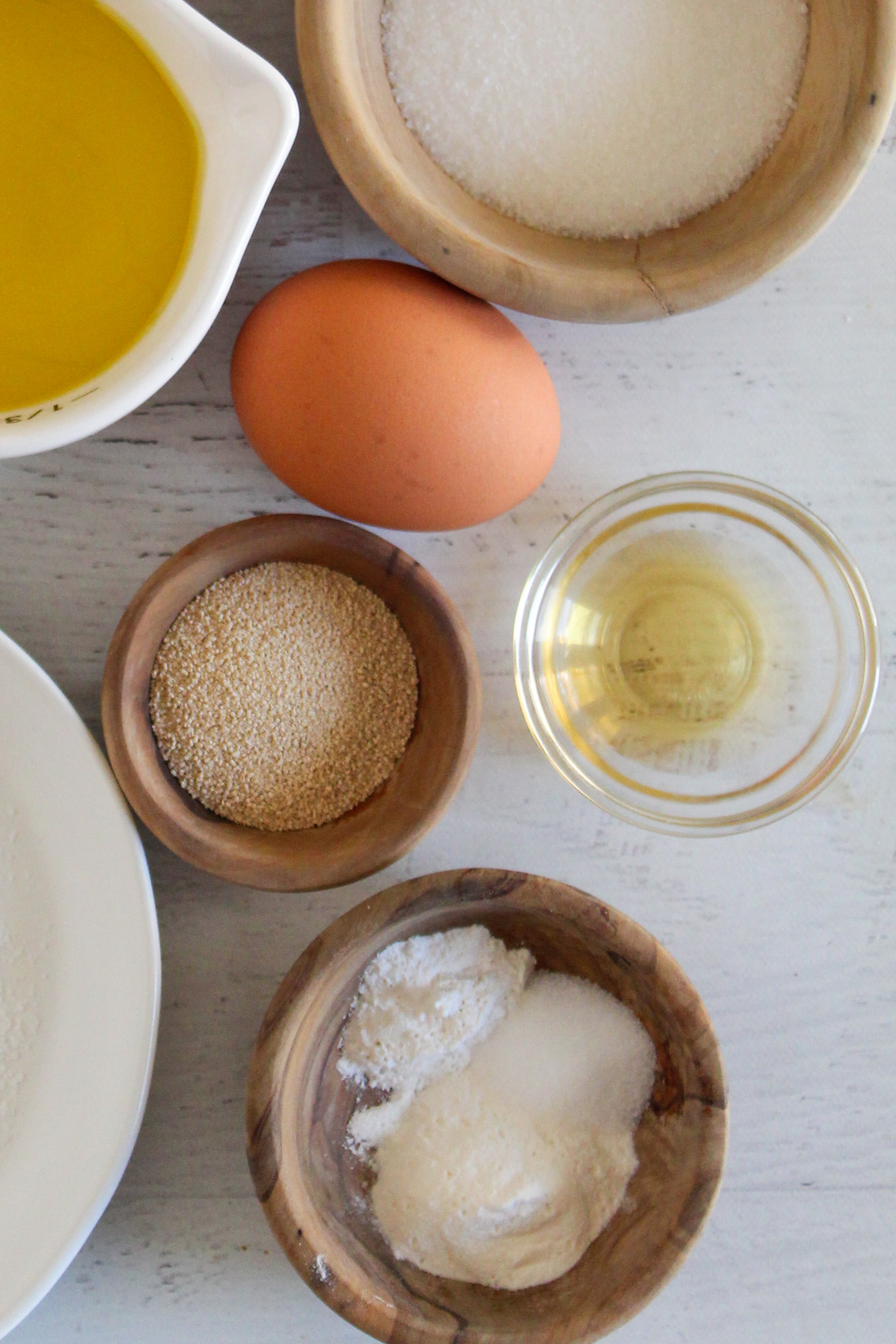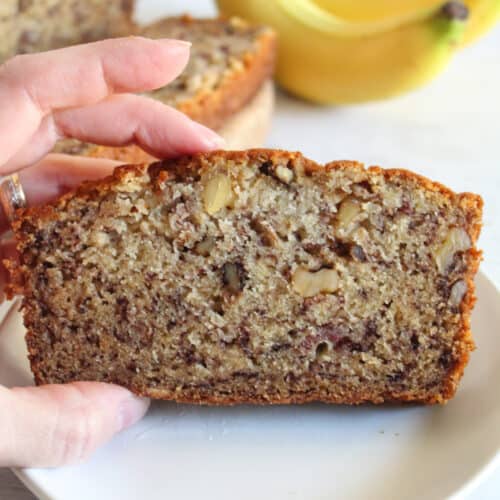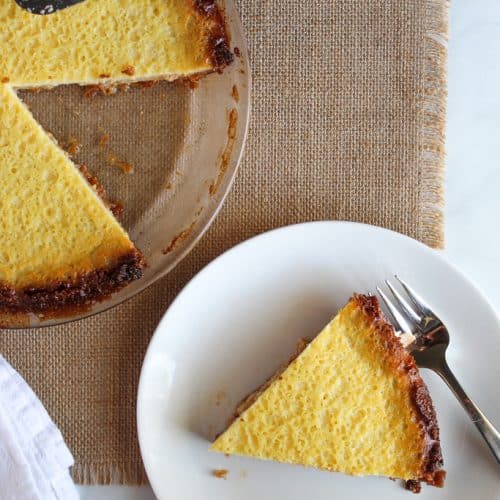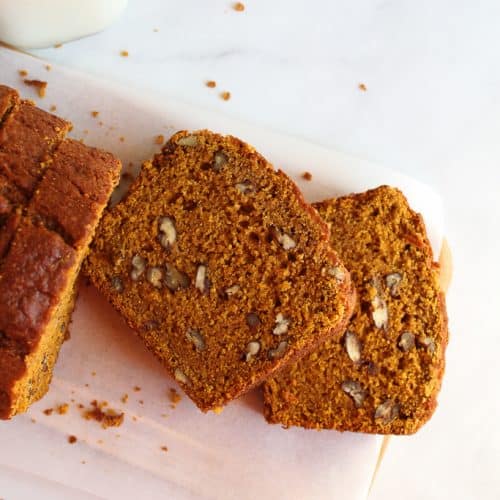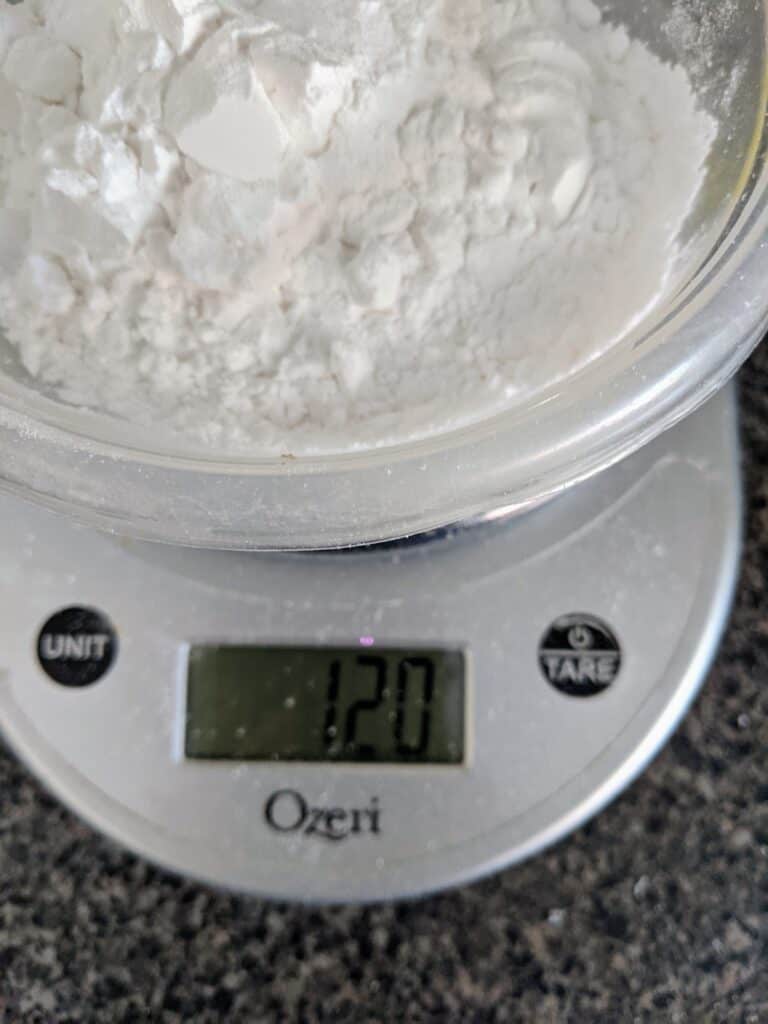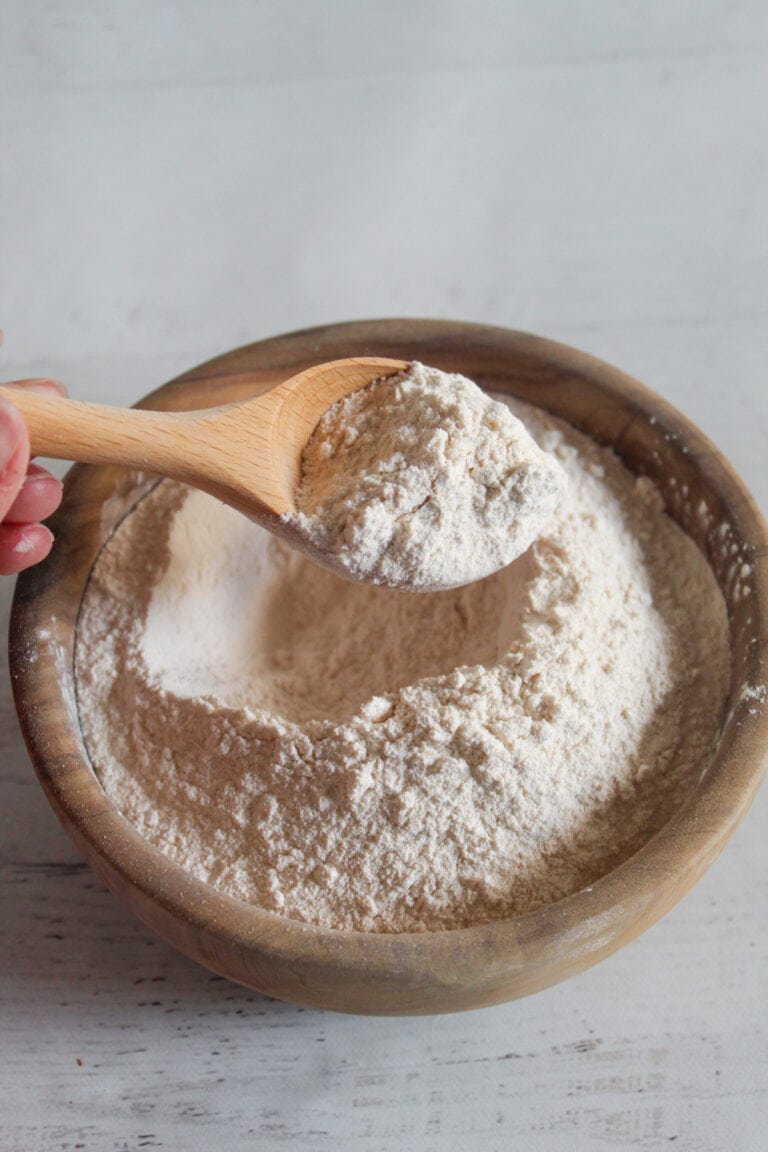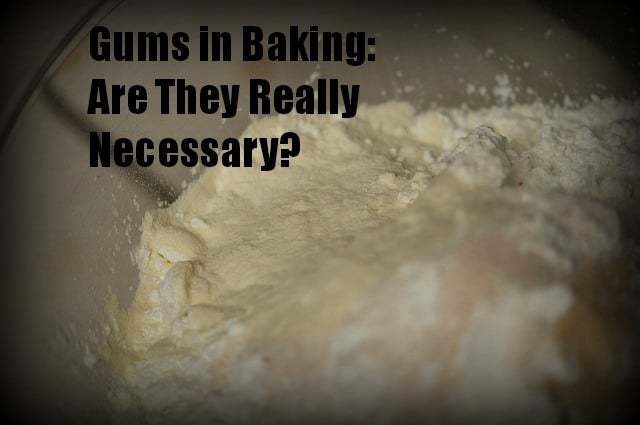10 Best Apple Cider Vinegar Substitutes in Baking
Vinegar is a popular ingredient in gluten free baking, especially apple cider vinegar. But what if you run out? Find the best apple cider vinegar substitute for baking in this handy list!
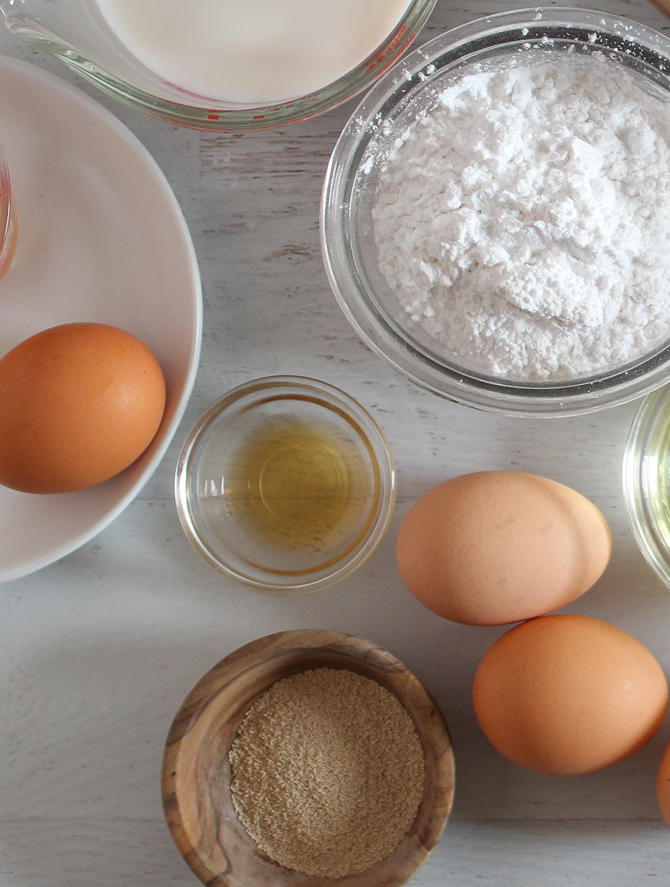
I get a lot of questions from readers about baking with vinegar. It's a pretty common practice in gluten-free baking, but it can seem a bit unusual. People always wonder why to use it, how it works, and what happens if you need to make a substitution. Let's get into all of those details to help you get back to baking!
Jump to:
Apple Cider Vinegar Substitutes for Baking: Key Takeaways
Apple cider vinegar is a key ingredient in many gluten-free baking recipes as it can be used to make vegan buttermilk and adds a lovely tenderness to your bakes. Fortunately, you can easily substitute apple cider vinegar with other acids with a similar level of acidity.
As an affiliate partner of various brands and sponsored content, Zest for Baking may earn commission on qualifying purchases. Disclaimer
Some of the best options include clear, mild-tasting types of vinegar, like white wine vinegar, fresh lemon juice, regular white vinegar, and more. Just be sure to consider the flavor profile of the vinegar you use, as some will taste sweet and fruity while others will have a more savory, yeasty flavor profile.
What is Apple Cider Vinegar?
Apple cider vinegar is made from a mixture of crushed apples, yeast, and sugar that undergo a fermentation process. At first, the mixture becomes alcoholic (like hard cider), but eventually, it turns into acetic acid. This gives it its classic tangy flavor and funky smell. The finished vinegar can be used in a wide range of recipes and is especially popular in salad dressings.
Find the best non-dairy milk for baking
Dive into this mega list of dairy substitutes to find the perfect option for your bake!
Why is Apple Cider Vinegar Used in Baking?
You might be curious why vinegar is so popular in baking recipes, and for good reason! It's not something we normally think of for baking. Flour, sugar, salt, and...vinegar? But, in reality, many baking recipes use acids!
If you've ever used baking soda in a recipe, you've likely added an acidic ingredient like buttermilk, sour cream, or cocoa powder. All of these acids react with the baking soda and create a nice lift and rise. But that's not the only reason! Vinegar can also make your baked goods nice and tender, and it creates a really beautiful crumb structure.
Most of the time, I use vinegar in my recipes to create vegan buttermilk. (See this gluten free white cake recipe and this gluten free banana bread.) You can combine your favorite non-dairy milk with a little apple cider vinegar (or different kinds of vinegar) to get a nice, creamy texture while also triggering that crucial chemical reaction.
10 Best Apple Cider Vinegar Substitutes for Baking
Although apple cider vinegar (ACV) is a common option, you can use several different types of vinegar or citrus juices! Each one is slightly different, so it's important to know when to use each one. As they bake down, they lose the tangy flavor and sour taste and add a subtle sweetness to your recipes. There are some excellent alternatives to ACV listed below, and you likely already have one or more on hand!
1. White Wine Vinegar
This is an excellent substitute for apple cider vinegar because it has a very mild flavor and clear color. It won't affect the color of your bake and has a similar flavor in the final product. It's a great option and readily available at any grocery store!
2. Red Wine Vinegar
Similar to white wine vinegar, red wine vinegar has a mild, slightly fruity flavor that can be great in recipes. It does have a red color, so it may cause your recipe to take on a subtle pink hue. Keep that in mind!
3. Champagne Vinegar
This type of vinegar is made from fermented champagne, so you can easily imagine how it tastes. It has a lovely fruity flavor and is fantastic in salad dressings and other recipes. Since it can be a little pricey, it's a good one to save for fresh eating, but it will work in a pinch.
4. Sherry Vinegar
Sherry vinegar is made from fermented sherry wine, which is a fortified Spanish wine with a distinctly sweet, fruity flavor. It has a much more complex flavor than regular red wine vinegar or apple cider vinegar and is especially handy for cooks.
It can be used in baking but can tint your dough and change the overall flavor profile of your bake.
5. Fresh Citrus Juices
You can easily use fresh citrus fruits in your recipes, like lemon juice, orange juice, and lime juice. However, they will change the flavor profile slightly.
I find lemon to be the most versatile option as it just adds a bright freshness that goes well with so many different recipes. Orange can be very sweet, and lime can really take your muffins or cookies in a totally different direction.
6. Rice Vinegar
There are a couple of different types of rice wine vinegar, but I prefer to use the unseasoned variety. Rice vinegar is popular in Asian cuisine and has a wonderfully light, mellow flavor that cooks down beautifully.
It's one of the best substitutes for apple cider vinegar in baking because of this! Some brands may have less acidity than ACV, so you might not get a reaction that is quite as strong.
7. White Vinegar
This is the classic vinegar you use to dye Easter eggs or make pickles. Regular white vinegar is made from grain alcohol and water, and has a very strong, vinegary smell and flavor profile. Fortunately, it does mellow out in baking and will work just fine if you need a teaspoon or two. It's a really great apple cider substitute for baking!
8. Malt Vinegar
Unlike most of the other vinegars on this list, malt vinegar is made from ale instead of fermented wine. This gives it a yeasty flavor that is great for breads or savory recipes. It's not quite as pleasant in sweet recipes, so keep that in mind. Also beware that most malt vinegars are not celiac-safe!
9. Balsamic Vinegar
Balsamic vinegar is the darkest, richest vinegar out there! It's a great substitute for apple cider vinegar in salad dressings and other recipes, but it isn't always ideal in baking.
The brown color can easily stain the color of your bread or muffins and it will add a sweet, tangy, and umami flavor to your recipes. This might be desirable if you're working on a really bold, savory recipe, but not so much for coffee cakes or cookies.
10. Citric Acid
This is a bit of an unusual product, and you may not have it on hand. Basically, citric acid is made from the same acid that gives fresh lemons their tart pucker. However, citric acid is now made synthetically from mold.
It's commonly used by canners and packaging companies instead of lemon juice because it has a consistent acidity level every time, unlike fresh juices. In general, you need about ¼ teaspoon of citric acid for a tablespoon of lemon juice.
FAQs
Can I use apple cider vinegar instead of white vinegar?
Most of the time, apple cider vinegar can replace white vinegar in baking. In other uses, it may not work as an even swap.
Are all vinegars gluten-free?
All vinegars are not gluten-free! Malt vinegar does contain gluten and is not celiac safe.
Which apple cider vinegar is best for baking?
There are many brands of apple cider vinegar available commercially, at most grocery stores, health food stores, and online. As long as the brand you choose has apple cider vinegar listed as the ingredient, it will work fine in your baking recipes. Many apple cider vinegars are "diluted with water to 5% acidity," which is acceptable for baking.

